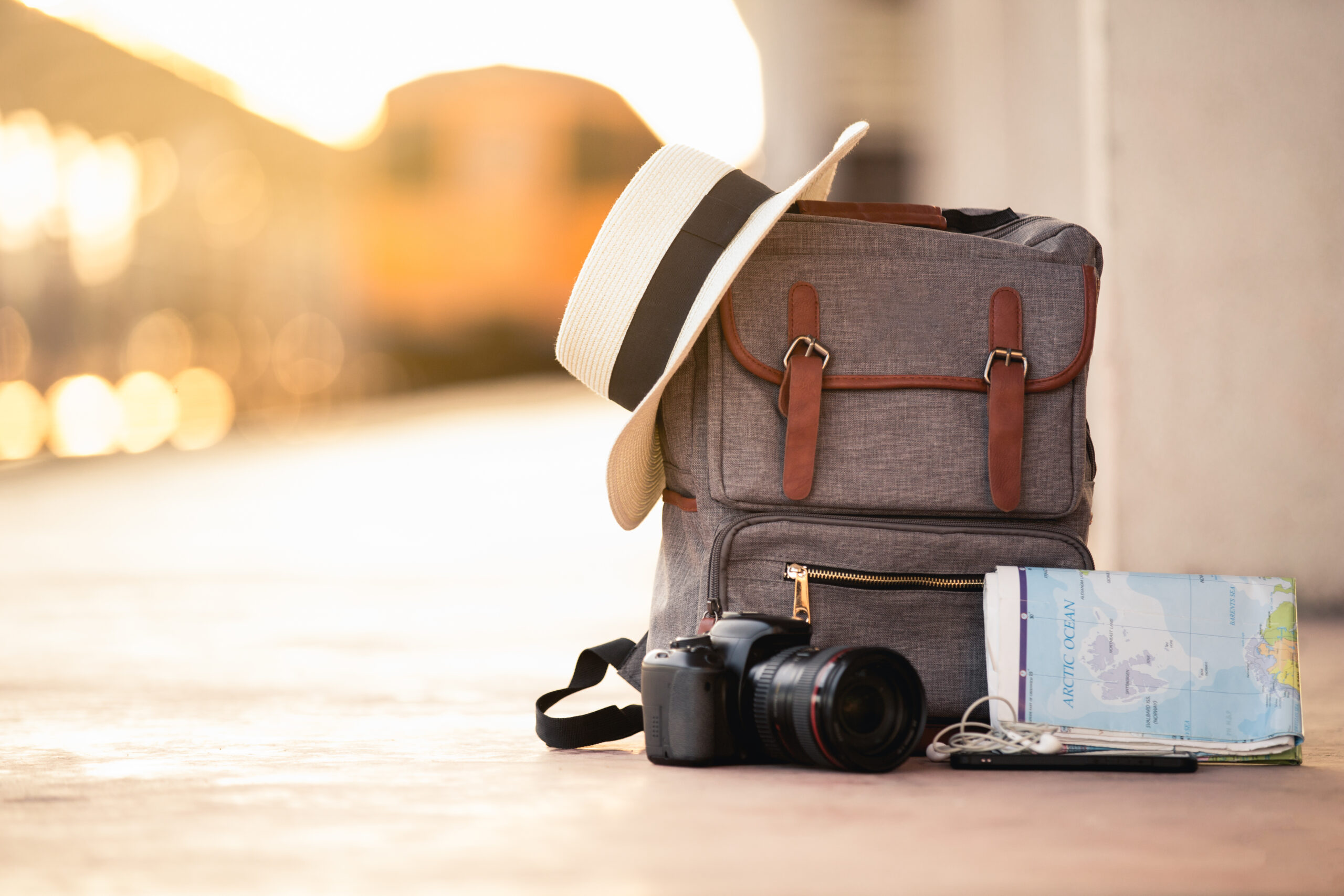Understanding Gazebos: Elegance and Functionality Combined
Gazebos have long been a symbol of elegance and charm in gardens and outdoor spaces. These freestanding structures, typically featuring a hexagonal or octagonal shape, provide a sheltered area that can be used for a variety of purposes, from hosting gatherings to offering a peaceful retreat. The design of a gazebo often includes a solid roof and open sides, making it a versatile addition to any backyard.
One of the key benefits of a gazebo is its ability to create a focal point in the landscape. Whether nestled among trees or standing alone, a gazebo can enhance the aesthetic appeal of a garden with its architectural beauty. Moreover, gazebos offer practical benefits such as protection from the sun and rain, allowing for outdoor enjoyment in various weather conditions.
Gazebos can be constructed from a variety of materials, including wood, metal, and vinyl, each offering distinct advantages. Wooden gazebos provide a classic and natural look, while metal and vinyl options offer durability and require less maintenance. The choice of material can greatly influence the overall look and longevity of the structure.
Incorporating a gazebo into your outdoor space can also increase the value of your property. It serves not only as a functional area for relaxation and entertainment but also as an attractive feature that can appeal to potential buyers. Whether you are looking to create a serene escape or a lively social hub, a gazebo can be a valuable addition to any home.
Pergolas: Enhancing Ambiance with Style
Pergolas are another popular choice for enhancing outdoor living spaces. These structures are characterized by their open roofs, which are typically supported by columns or posts. Unlike gazebos, pergolas do not have solid roofs, allowing for sunlight to filter through while still providing some shade. This makes them ideal for creating a light and airy atmosphere in gardens and patios.
The versatility of pergolas lies in their design. They can be adorned with climbing plants such as vines and roses, which not only add greenery but also create a natural canopy that enhances the structure’s beauty. This integration with nature makes pergolas a favorite for those looking to blend architecture with the surrounding landscape.
Pergolas can be constructed from various materials, including wood, metal, and fiberglass. Each material offers different aesthetic and functional benefits. Wooden pergolas provide a rustic and traditional look, while metal options offer a modern and sleek appearance. Fiberglass pergolas, on the other hand, are known for their durability and low maintenance.
In addition to their aesthetic appeal, pergolas can serve practical purposes. They can define outdoor spaces, create privacy, and even serve as a framework for outdoor lighting or curtains. Whether used as a standalone feature or as an extension of a building, pergolas can transform an ordinary outdoor area into a stylish and inviting space.
Canopies and Pavilions: Versatile Solutions for Outdoor Comfort
Canopies and pavilions offer versatile solutions for those seeking temporary or semi-permanent outdoor structures. Canopies are typically portable and consist of a fabric roof supported by a lightweight frame. They are easy to set up and take down, making them ideal for events, markets, and temporary shade solutions.
Canopies are available in various sizes and styles, allowing for customization based on specific needs. They can provide shelter from the sun and rain, making them suitable for outdoor gatherings, picnics, and camping trips. The portability of canopies makes them a practical choice for those who require flexibility in their outdoor arrangements.
Pavilions, on the other hand, are more permanent structures that offer a larger covered area. They are often used in public parks and gardens as communal spaces for social events and gatherings. Pavilions can be constructed from materials such as wood, metal, or concrete, providing a sturdy and durable shelter.
The design of a pavilion can range from simple to elaborate, with options for open or partially enclosed sides. This adaptability allows pavilions to cater to various aesthetic preferences and functional requirements. Whether used as a picnic area, a venue for outdoor events, or a relaxing retreat, pavilions offer a versatile and attractive solution for enhancing outdoor spaces.





